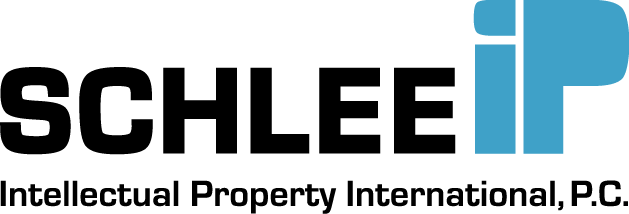Quick reference guide proceedings USPTO and EPO
VI. Quick reference guide to proceedings comparison between USPTO and EPO
Download PDF
1. Overview procedure USPTO and EPO
2. Search and Examination
3. Continuing patent applications
4. Appeal options
5. Acceleration
i) Proceedings Search and Examination
- USPTO: Search and examination is combined and performed by one Examiner, resulting in more flexibility on amending the claims throughout the prosecution. The option for Requests for Continued Examination (RCE) for payment of a fee allows essentially an infinite number of amendments and arguments as long as these are in good faith and not in abuse of the procedure.
- EPO: The EPO is relatively stringent on procedural laws. Determining at an early stage which claims should be searched and examined is critical. Division between search phase and examination phase limits procedural options additionally for avoiding unsearched subject matter restrictions. Although costly, the remedy of filing a Divisional Application is possible as long as the parent application is pending.
ii) Proceedings continuing patent application
- USPTO: A wide variety of continuing patent applications is available, including Continuation Applications, Continuation–in–part Applications and Divisional Applications. For Continuation-in-part applications, new matter can be added, such new matter having the time rank of filing the Continuation-in-part Application.
- EPO: On continuing patent applications, the EPO is limited to the option of filing Divisional Applications. No new matter may be added, also scrupulously to be observed when filing new claims based on disclosure from the specification. Support for the amendments needs to be proven in detail by exact page and line numbers and requires literal or close to literal disclosure of the claim features including the combination in which these are claimed.
iii) Proceedings Appeal
- USPTO: An appeal to the Patent Trial and Appeal Board (PTAB) is possible, hearing the case de novo. Entry of new evidence during the Appeal procedure is very limited and such evidence should therefore be presented in the examination proceedings before the USPTO Examiner. Several other procedural options like continuing applications and requests for further processing are often preferable over appeals.
- EPO: An appeal to the EPO Boards of Appeal is possible. The EPO Boards of Appeal are reluctant to accept new claim requests that have not already been prosecuted before the Examining Division, and are also reluctant to accept new evidence. Further, although the Boards of Appeal are authorized to hear the case de novo, over the more recent years, there appears to be a tendency giving more deference to the Examining Division’s factual determinations
iv) Proceedings Acceleration
- USPTO: Acceleration possible when qualifying (e.g. age- or health-related), by Patent Prosecution Highway (PPH) Requests, or for a relatively significant fee by a Track One Request. For maintaining Track One acceleration, no time extensions may be filed and other obligations like accepting an early Examiner interview need to be observed.
- EPO: Acceleration possible at any time during search and examination, no fee or reasons required. The only requirement for maintaining acceleration is for the Applicant to observe deadlines set by the EPO and not to request time extensions. Patent Prosecution Highway (PPH) Requests are essentially treated like acceleration request under the PACE programme.

 English
English Deutsch
Deutsch